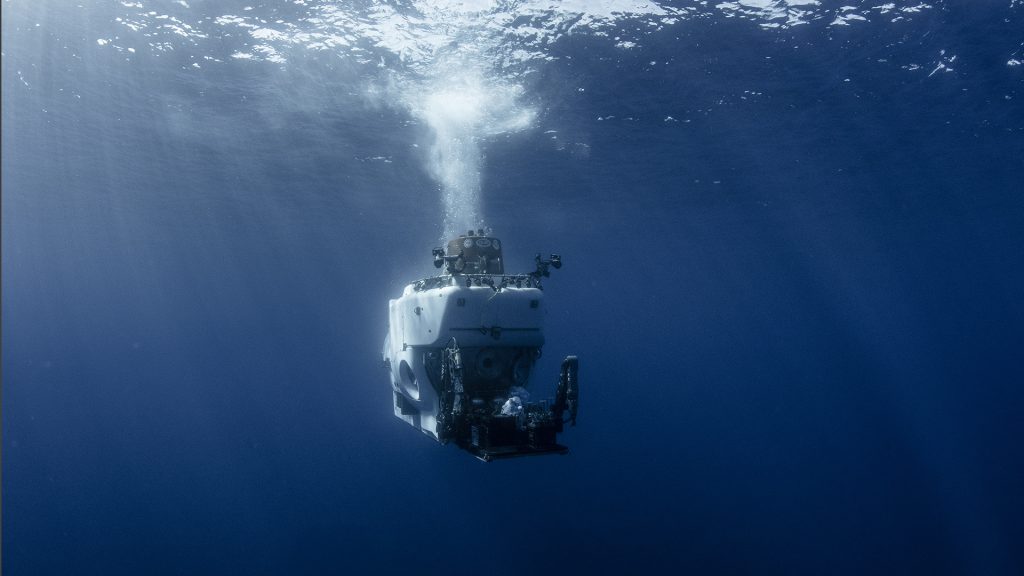
Another great question. The majority of pilots, although not all, will specialize in a specific type of submersible or submersibles belonging to specific manufacturer or organization. This is very similar to airline pilots who have a type rating. A type rating is a certification issued by aviation authorities to pilots who have demonstrated the necessary skills and knowledge to operate a specific type or model of aircraft. In the context of aviation, different aircraft models have unique characteristics and systems, and pilots need to undergo specific training for each type of aircraft they intend to operate. This is almost identical to submersibles. Experienced pilots will usually undergo a “type familiarization” and certification with a manufacturer or competent instructor. This will teach them the characteristics of the submersible, submersible specific protocols or equipment and so on. Only after the pilot has shown their proficiency with an instructor will they be allowed to pilot that sub and gain certification. They will then have to maintain the proficiency by regularly diving and completing annual checkouts. There’s no jumping from one sub to another especially if a significant period of time has elapsed since piloting another model. The cross over may be shorter for experienced pilots, but some form of crossover training is needed.
Each Submersible manufacturer produces vehicles that have personalized approaches to the operation of submersibles – just like Boeing and Airbus have different approaches to passenger transport. However, behind the manufacturer’s variations, the theory of submersible operation and the laws of physics remain the same. The knowledge of submersibles is usually transportable across platforms, but the knowledge of the submersible layout/controls and operation can vary across platforms!
